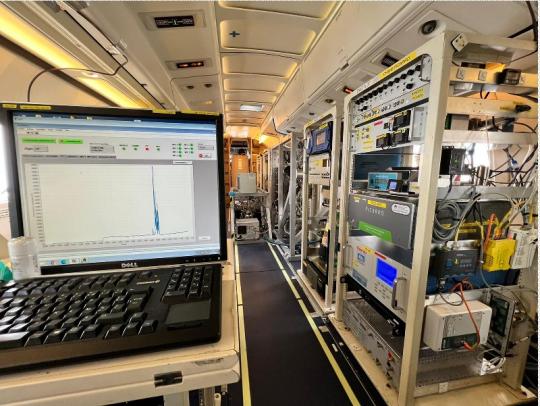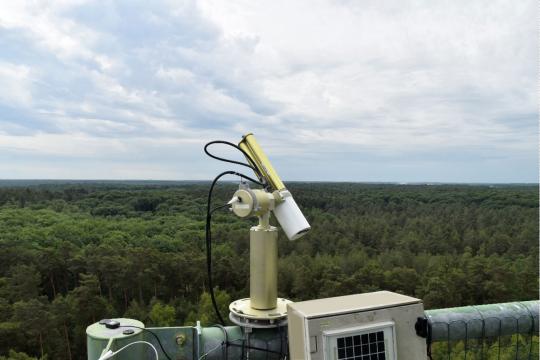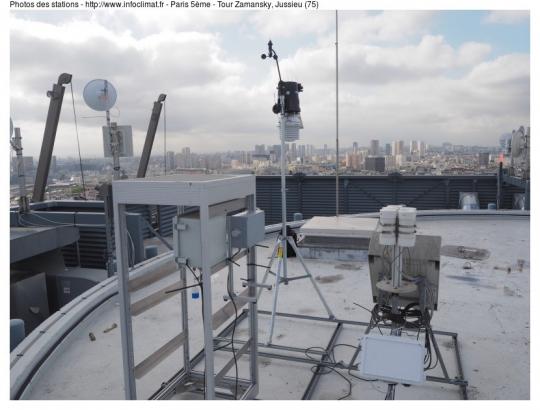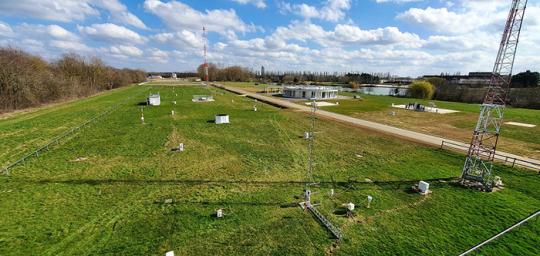Society and regional strategies Reading time 3 min
Paname 2022: campaigns to study air quality and urban climate
Published on 13 June 2022
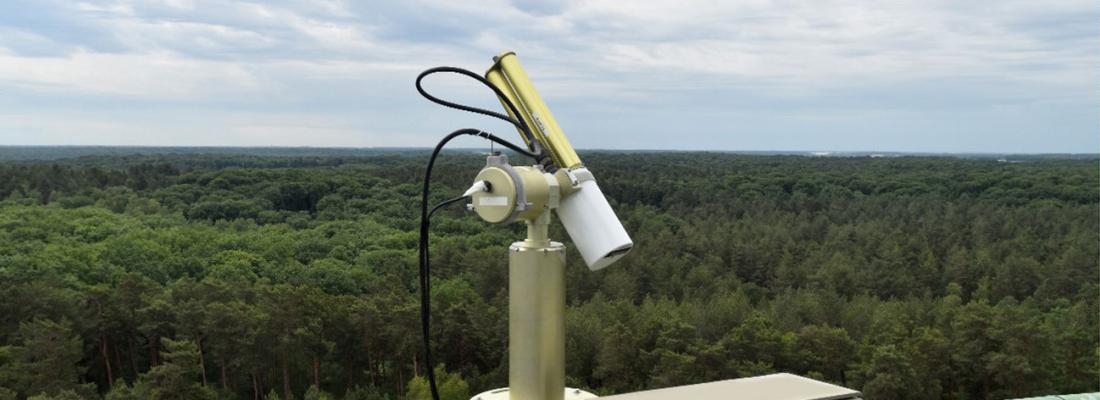
The 2022 Paname initiative aims to better understand the causes and effects of climate change in urban environments through intensive measurement campaigns planned for the Paris region this summer. From the studies, information will be derived that is key to making cities more resilient to future climate realities. Results may also help rethink how to build urban areas so as to combat several risks to human health: intense heat, air pollution and other extreme weather events. These are major issues given that today, nearly 50% of the world’s population lives in urban areas.
Paname 2022 involves ten projects, selected to develop synergy and to pool resources and measurements. While some projects have already been launched, most will begin in June 2022 in the Île-de-France region. Measurement sites are located in the city centre (Hôtel de ville, Sorbonne Université, Paris-Rive-Gauche) as well as in neighbouring suburbs (Bois de Vincennes, Créteil, Ecole Polytechnique), the peri-urban area of Rambouillet forest, and even as far as Orléans. Flights using the SAFIRE programme’s ATR-42 scientific aircraft will also be used to monitor trends in urban and peri-urban air masses that are transferred from one area to another by the wind.
Paname 2022 also tackles air pollution and urban climate problems in a global manner and takes a strong interdisciplinary approach that combines physics, atmospheric chemistry, weather and climate sciences, ecology, and in the case of certain projects, medicine, the humanities and social sciences.
Certain measurements carried out for these campaigns are expected to continue until the Paris 2024 Olympic Games, with the aim of improving air quality forecasting and weather forecasting for the Games. During this period, urban weather conditions, greenhouse gases, certain gaseous and particulate compounds, as well as atmospheric dynamics in urban areas will be measured. Scientists seek to better understand the atmosphere’s chemical composition, the urban heat island (UHI) effect, heat transport and the impact of pollution peaks and heat waves on health, as well as to improve weather and air quality forecasts in cities.
All data collected will be made available via AERIS, the Atmosphere Data and Services Centre. (https://paname.aeris-data.fr/).
Below is a brief description of each of the ten projects of Paname 2022:
- Make Our Planet Great Again “ACROSS” (13 June to 25 July), plus the ANR ACROSS–Airborne Operation and the LEFE CHAT “ACROSS Ground Operation” National Programme to improve knowledge of chemical transformations in the atmosphere, the interaction between plant and human emissions, and their role on air quality. https://across.cnrs.fr/
- ANR “H2C” (from 13 June to 15 July) to study the impact on human health of exposure to heat and air pollution.
- ANR “MOSAI” (from January to November 2022) to improve the depiction of exchanges between ground surfaces and the atmosphere in weather and climate models. https://mosai.aeris-data.fr/
- ANR “STREET” (from 1 June to 8 July) to study the impact of water stress on trees in urban areas, particularly on their emissions of volatile organic compounds.
- “Paris Olympics 2024” Research Demonstration Project, supported by the World Meteorological Organization (from 15 June 2022 to end summer 2023) to study urban heat island effects and thunderstorms with a view to improving modelling and forecasting. https://www.umr-cnrm.fr/RDP_Paris2024/
- Project H-2020 “RI-Urbans” (launched in 2022 for a four-year period) to develop new observation systems adapted to new sources of pollution in urban environments and assess their impacts on human health. https://riurbans.eu/
- Project H-2020 “PAUL – Pilot Applications in Urban Landscapes” (from 1 October) to map and develop a systematic greenhouse gas observation system for urban environments. https://www.icos-cp.eu/projects/icos-cities-project
- Pollusport (from September 2022 for a two-year period) to study the impact of air pollution on the health and performance of athletes.
- ERC “Urbisphere” (January–December 2023) to understand, predict and project the interactions between climate change and urban transformation. http://urbisphere.eu/
- “Dynamics” (since 2021 and for a four-year period) to develop systems for observing atmospheric dynamics in urban environments and improve the understanding of air flows, mixtures, transport and dispersion. https://paname.aeris-data.fr/projects/dynamics/
